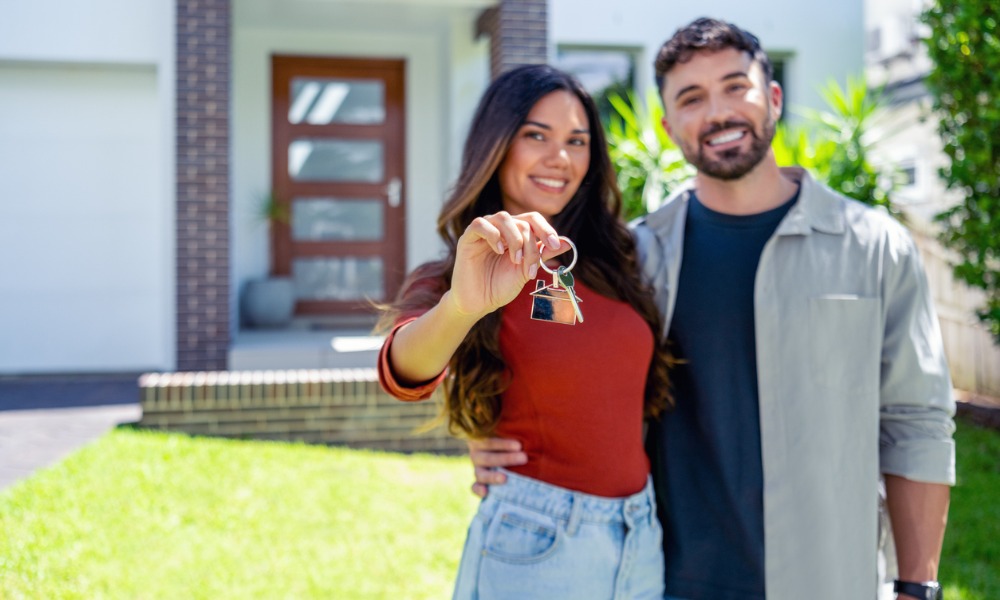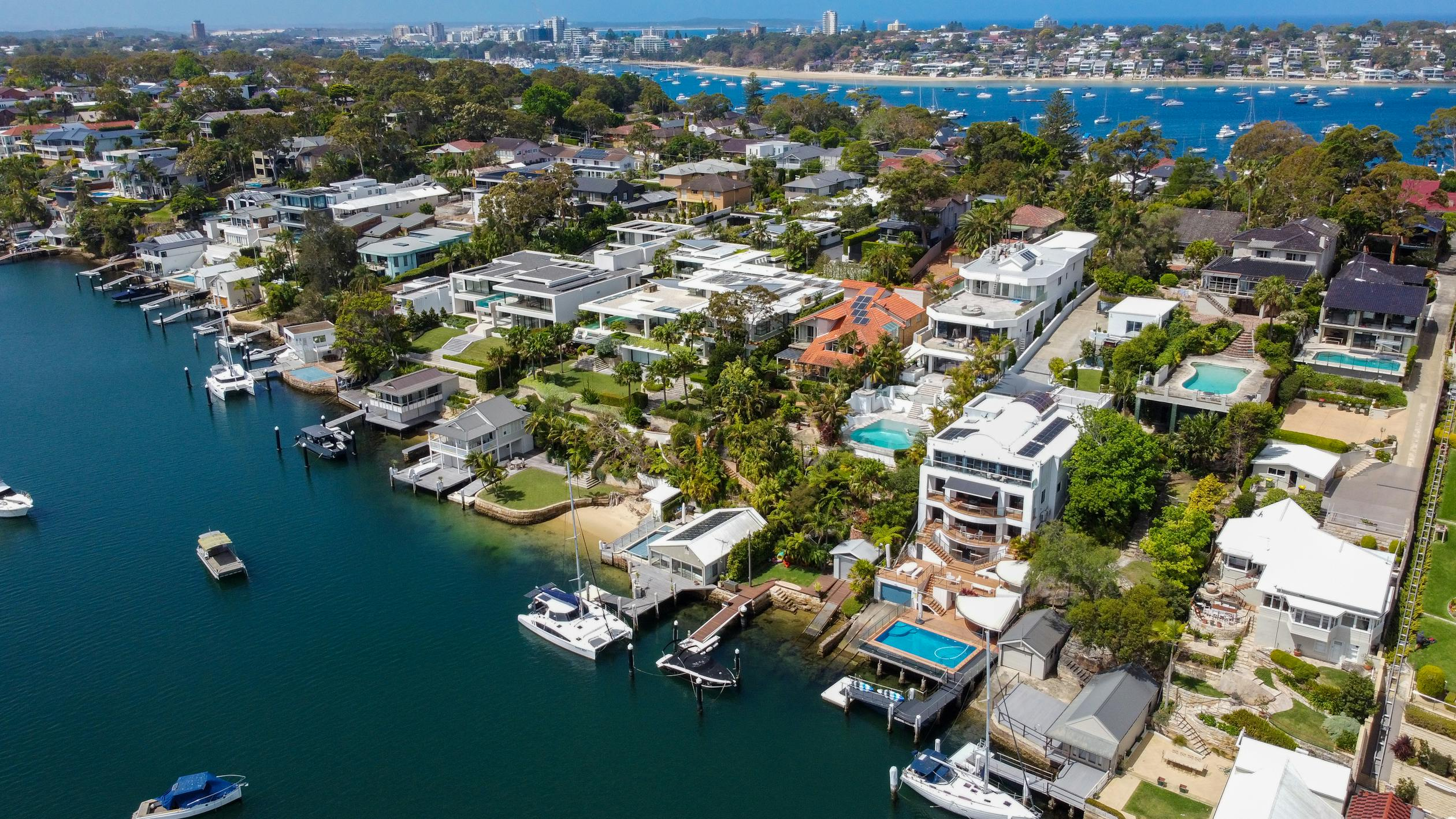Most buyers in Australia purchase houses for owner-occupancy. What does this mean and how are owner-occupied properties different than others? Find out here

Updated 23 July 2024
Like everyone else, most Australians are entering the real estate market with the goal of buying their first home. There are a few who have other intentions such as using their properties for a lucrative venture. Still, houses in the country are typically purchased for owner-occupancy.
But what are owner-occupied homes and how do they differ from other kinds of properties?
In this article, Mortgage Professional Australia will discuss what owner-occupancy means as well as its benefits. We will also explore its distinction from investment properties and the negative gearing of owner-occupied homes.
As part of our client education pieces, this is for professionals in the mortgage industry and their clients who might be owner-occupiers. Share this article to help them understand the status and implications of their owner-occupied properties.
What is owner-occupancy?
Owner-occupancy is when you own a home and use it as your residence. A property is considered owner-occupied when the person who lives in the home also holds the title of that home.
In contrast, a person who holds the title of the home but does not reside there is known as an absentee owner. For instance, a landlord is usually a form of absentee owner.
When you apply for mortgage loans, you need to choose between a home loan to purchase a residential property or to refinance an investment property. Banks and lenders will require you to specify whether you are applying for an investor loan or an owner-occupier loan.
The difference between the two will likely result in altering your interest rate and making an impact on choosing any of the following examples:
- variable home loan
- fixed-rate mortgage
- offset mortgage
- construction financing
How to qualify as an owner-occupant
When you apply for a mortgage loan, your bank or lender will want to know if you are going to be an absentee owner or an owner-occupant. The main reason why lenders ask for this information is because certain loans are only available to owner-occupants and not to investors.
You will not qualify as an owner-occupant if you are buying a home as:
- second property
- vacation property
- in the name of a trust
- part-time home for a relative or a child
If you have lived in the home for at least a year, you do not have to notify your lender if you decide to move out of an owner-occupied property.
Your intention when applying for a loan and receiving a loan is important. If you tell your lender that you plan to live in the home while intending to rent it, you will be committing occupancy fraud.
Planning to buy your first property and use it as an owner-occupied home? Check out the steps to becoming a first-time home buyer.
How do owner-occupied loans work?
Most lenders ask about these when you apply for an owner-occupied home loan:
- debts
- income
- assets
These will help them get a clear picture of your financial situation to determine your borrowing power—in other words, the amount they are willing to lend to you.
When applying for an owner-occupied home loan, you will have to repay the principal of the loan plus the interest, which can be charted at a fixed rate or a variable rate. You can also choose to split between both rates or take out an interest-only loan.
Applying for owner-occupied home loans is a major step if you intend to reside in the property that you plan to buy. Exploring a variety of loan options from top-notch banks and mortgage companies will help you reach your goal.
How long do you need to live in a property for owner-occupancy?
Usually, the owner will have to move into the property within 60 days of closing. They must reside there for a minimum of one year for the property to be considered owner-occupied.

Caption: According to domain.com.au, 91% of Australian homeowners have properties in Burraneer, Sydney; these might be owner-occupied or used as investments.
Government policies affecting owner-occupiers
The Australian government maintains a land ownership, registration, and transfer system that affects owner-occupiers across the state. Most properties are under the Torrens Title system and all land in the Australian Capital Territory (ACT) is leasehold.
Below are the different types of property titles in Australia:
- Torrens title
- strata title
- native title
- possessory title
- general law or the old system title
Benefits of owner-occupancy for home buyers
There are several benefits of owner-occupancy for home buyers in Australia. We listed five of them below:
- wealth-building through equity
- getting tax deductions and discounts
- having autonomy and control
- appreciating the property value
- becoming more involved in the community
To understand these benefits of owner-occupancy for home buyers, let’s examine them more closely:
1. Wealth-building through equity
As owner-occupants pay off their mortgage loans as years pass, they steadily build up equity in their property. This home equity adds up over time, giving owner-occupants extra monetary advantage. In the future, owner-occupants can use them for other financial opportunities like:
- home renovations
- retirement savings
- business ventures
- other investments
More importantly, building up equity opens opportunities for home equity loans, especially if you plan to buy additional properties for investment.
For aspiring real estate investors looking for a guide to home equity loans in Australia, watch this clip:
Aside from the equity, owning one's home is often the largest asset an individual or family will acquire. This makes owner-occupied properties a huge part of many Australians’ personal wealth creation.
2. Getting tax deductions and discounts
Owner-occupiers can get favourable tax deductions and discounts that are not available to landlords or property investors. One good example is the capital gains tax exemption on the sale of homeowners’ principal place of residence. This can result in substantial tax savings when the previous, owner-occupied home is eventually sold.
3. Having autonomy and control
As the outright owner of their home, owner-occupiers have full autonomy and control over their properties. Owner-occupiers will not have to worry about a landlord making unexpected plans that could impact the former’s living situation, such as selling the property or increasing the rent.
4. Appreciating the property value
Homeowners can get monetary inflows through capital gains when owner-occupied properties appreciate over time. This is particularly true in high-demand housing markets where property prices have risen rapidly. These have provided owner-occupiers with an increase in their capital when they eventually sell the property.
5. Becoming more involved in the community
Since owner-occupiers live in the area, they tend to be more concerned about the development of their local community. Homeowners are more likely to participate in civic activities and generally be more engaged with other residents. This contributes to the creation of more stable, friendlier communities and tight-knit neighbourhoods.
Difference between owner-occupancy and investing in property
Owner-occupancy is using a home as your residence. On the other hand, real estate investing is making money out of a property by renting it out for residential, commercial, and other purposes.
Can you turn your owner-occupied property into an investment?
Definitely. First, you need to tell your lender if you want to move out of your owner-occupied property and convert it into a rental property as an investment. Usually, lenders will inform you of your options in terms of switching loans. These offerings can be presented with varying features and interest rates.
Important: If you don’t tell your lender of your plans, you could face serious consequences such as occupancy fraud.
If you are interested in turning your home into an investment, watch this video about the 5 top tips for switching from owner-occupied to investment property:
Need some help in making the switch? Take your pick from the top 100 mortgage brokers in Australia for expert guidance and advice.
Owner-occupied mortgage loans versus investment property loans
Owner-occupied mortgage loans and investment property loans are both options that you can apply to purchase properties. The only variation between the two lies in how you plan to use the property.
This type of loan is for anyone who wants to buy property and live in it. Investment property loans are for buyers who purchase properties for lucrative reasons.
Investment loans are riskier for lenders
Another difference between owner-occupied and investment properties is that lenders consider investment loans as more high risk. The uncertainty within the rental market means there is a greater chance of investment properties being vacant for a longer time.
This opens the possibility of failing to generate the income necessary to pay towards mortgage repayments. Adding to that, investment property owners usually face extra expenses for property management fees and landlord insurance, among others.
Due to these factors, investment loans generally have higher interest rates and stricter conditions than owner-occupied loans.
Maintaining owner-occupancy in Australia
As an owner-occupier in Australia, to reside in a property that you own not only has monetary advantages, but it also brings a sense of freedom and independence. Having the title to your property gives you full authority over how to use, maintain, and improve it.
You will also be free from interference from a landlord or property manager if your house is owner-occupied. If you are after stability and peace of mind more than wealth creation, then owner-occupancy is the way to go.
Do you find the benefits of owner-occupancy appealing or do you prefer investing in properties? Share your thoughts in the comment section below.



